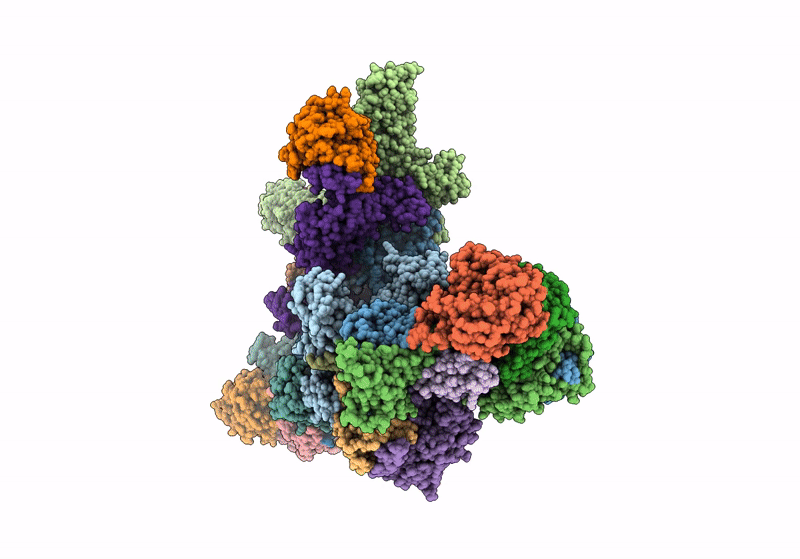
Deposition Date
2023-09-21
Release Date
2024-03-06
Last Version Date
2025-07-09
Entry Detail
PDB ID:
8QMA
Keywords:
Title:
Structure of the plastid-encoded RNA polymerase complex (PEP) from Sinapis alba
Biological Source:
Source Organism:
Sinapis alba (Taxon ID: 3728)
Method Details:
Experimental Method:
Resolution:
3.50 Å
Aggregation State:
PARTICLE
Reconstruction Method:
SINGLE PARTICLE


